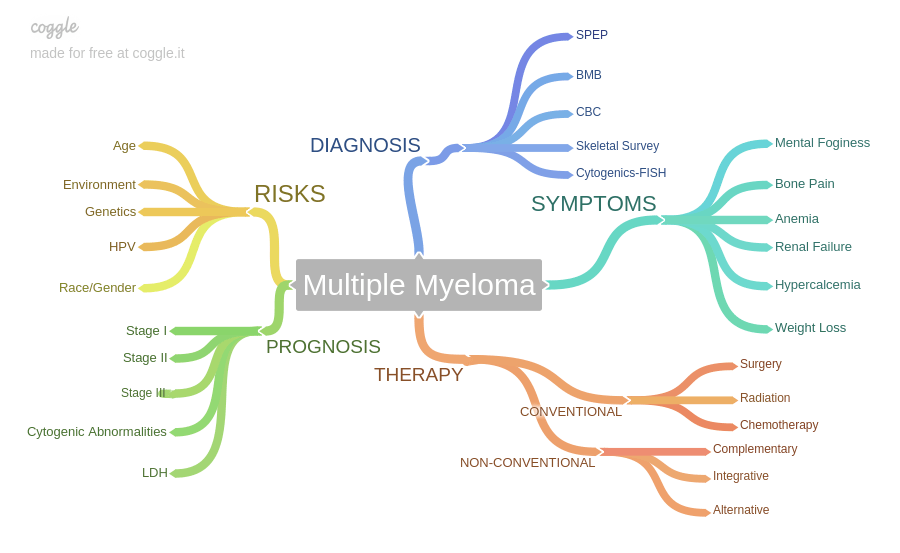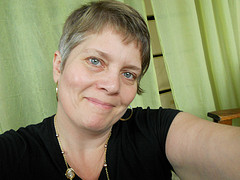
Recently Diagnosed or Relapsed? Stop Looking For a Miracle Cure, and Use Evidence-Based Therapies To Enhance Your Treatment and Prolong Your Remission
Multiple Myeloma an incurable disease, but I have spent the last 25 years in remission using a blend of conventional oncology and evidence-based nutrition, supplementation, and lifestyle therapies from peer-reviewed studies that your oncologist probably hasn't told you about.
Click the orange button to the right to learn more about what you can start doing today.
- You are here:
- Home »
- Blog »
- Multiple Myeloma »
- ASCT Now or Later? No Diff-
ASCT Now or Later? No Diff-

“Meta-regression analyses failed to demonstrate any association between CR or VGPR with either overall survival or progression-free survival both in patients receiving autologous stem cell transplant [ASCT] and in non-ASCT patients.”
Hey David! Quick update. So my labs are looking great with m protein 0.2, kappa 21 and IgA 13 (66% decrease). This was actually last months so I’m expecting them to be even lower. My doctor has suggested I keep at this for a bit longer and not do an autologous stem cell transplant yet. I’m not sure how I feel about this as I was anticipating aSCT to come next.
However, I’m relieved to not to have to do it yet. I value your opinion and understand you’re not a doctor but would like to hear your thoughts. Ellen
Hi Ellen,
- MM Survivor
- MM Cancer Coach
- Director PeopleBeatingCancer
Recommended Reading:
Early versus delayed autologous stem cell transplantation in patients receiving novel therapies for Multiple Myeloma
- ISS stage III, and
- < VGPR post-ASCT.
Association of response endpoints with survival outcomes in multiple myeloma
“These improvements have afforded more robust analyses of the relationship between response and survival. Generally, these studies have demonstrated that improvements in the quality of response across all stages of treatment are associated with better disease control and longer survival.
Thus, achievement of maximal response should be strongly considered, particularly in the frontline setting, but must also be balanced with tolerability, quality of life and patient preferences.
In select patients, achievement of a lesser response may be adequate to prolong survival, and attempts to treat these patients to a deeper response may place them at unnecessary risk without significant benefit…
Conclusions- In the era of targeted therapies, quality of response is associated with disease control and survival in patients with MM, including patients with high-risk disease, but until clinical trials are specifically designed to assess this relationship, it will remain only an association.
Achievement of maximal response should be considered upfront and at all stages of treatment, bearing in mind tolerability, quality of life and treatment barriers including cost and the lack of definitive data.
In select patients, achievement of a lesser response may be adequate to prolong survival and attempts to treat these patients to a better response may place them at unnecessary risk without a significant benefit.
Multidrug regimens combining PIs with IMiDs have improved depth of response, have acceptable tolerability and are becoming a standard treatment approach. The development of novel targeted therapies should further advance these goals as clinical data in conjunction with laboratory findings should help to facilitate the use of antimyeloma agents to their fullest potential. Treatment should be tailored to the disease characteristics and needs and goals of the individual patient…”
No Association Between Response Rates and Survival in Newly Diagnosed Multiple Myeloma
“There was no association between conventional response outcomes, such as CR or VGPR, and survival in patients with newly diagnosed multiple myeloma, according to the results of a meta-regression analysis published recently in the European Journal of Hematology…
“We explored the relationship between response to initial treatment and survival in patients with newly diagnosed multiple myeloma, based on data from 63 randomized clinical trials”…
“Meta-regression analyses failed to demonstrate any association between CR or VGPR with either overall survival or progression-free survival both in patients receiving autologous stem cell transplant [ASCT] and in non-ASCT patients.”
Should Myeloma Patients Panic If They Do Not Achieve A Complete Response?
“Of course, the cause of my worry is not that patients have not achieved the magical CR or minimal residual disease-negative status, but at how misinterpretation of data can lead to needless concern, unnecessary chemotherapy increased side effects and cost of care, and even harm…
In newly diagnosed patients treated with induction, stem cell transplantation, and Revlimid maintenance therapy, the proportion of patients who get to a complete response is approximately 30 percent. Does this mean that 70 percent of myeloma patients have “failed”?
Even with more expensive triplet induction regimens such as Revlimid, Velcade, and dexamethasone(Decadron) (abbreviated as RVD), only 40 percent of newly diagnosed myeloma patients achieve complete response. An aggressive seven-drug induction regimen followed by two back-to-back transplants, and three years of maintenance used in the “Total Therapy 3” regimen results in a complete response rate of 55 percent.
Should one-half of newly diagnosed myeloma patients panic that they have not reached a complete response? That would be over 10,000 worried patients each year in the United States alone. The short answer is no; absolutely not.
Multiple myeloma is a remarkably heterogeneous disease; the outcomes vary dramatically depending on the patient’s chromosomal abnormalities. The type of myeloma one patient has may be completely different than the myeloma another patient has; it may not even be the same disease…”


